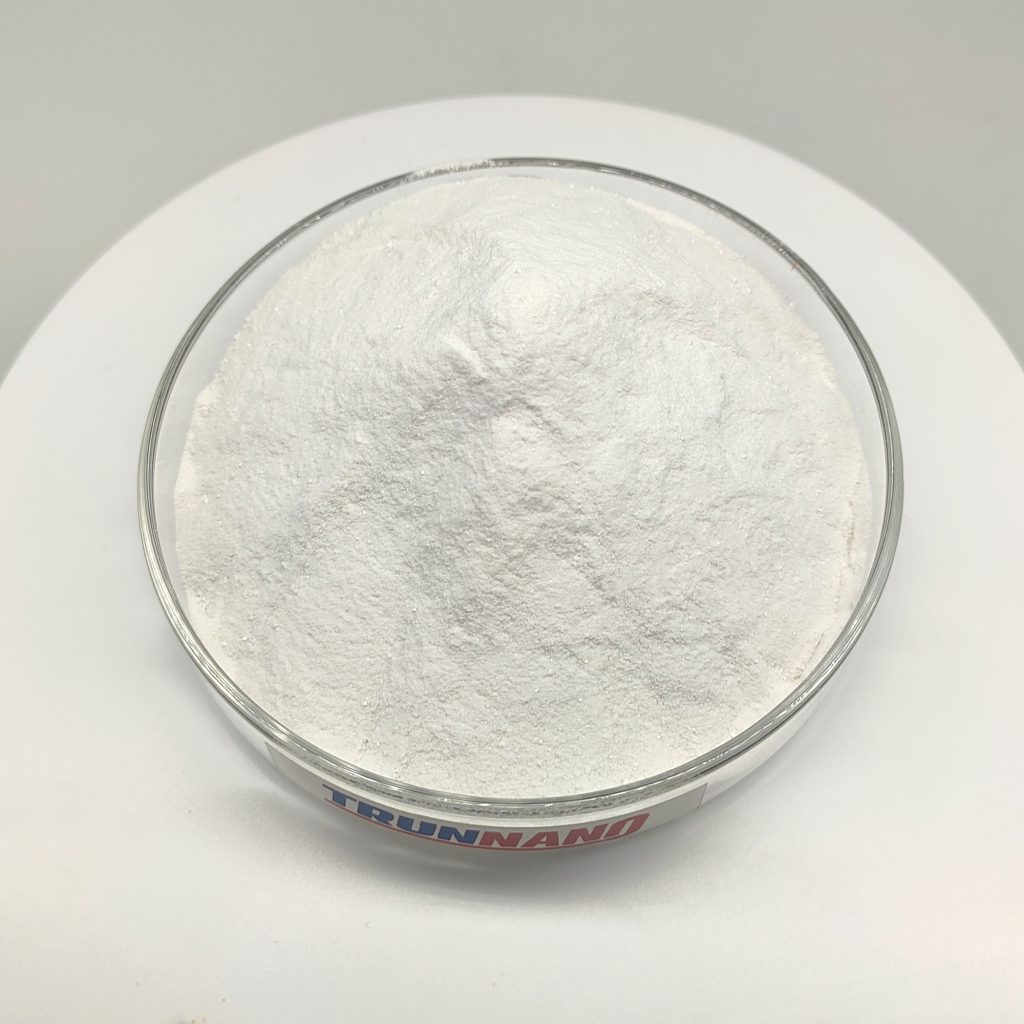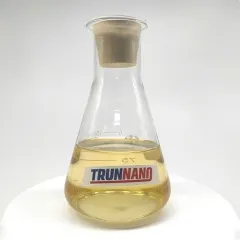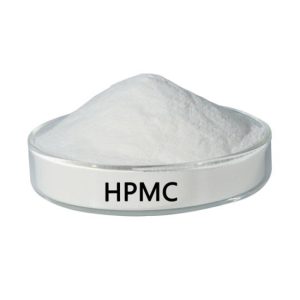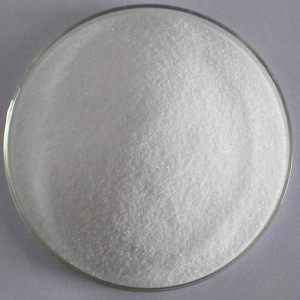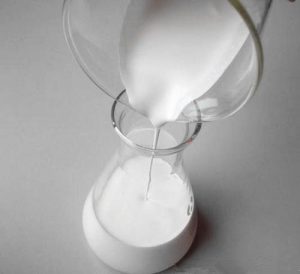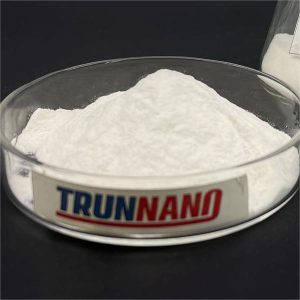Professional solutions on concrete addtives, Concrete Foaming Agent, Superplasticizer, CLC Blocks Additives, and foaming machine
PRODUCT PARAMETERS
Description
Overview of Sodium Gluconate
Sodium gluconate is an organic material with chemical formula for C6H11NaO7, in industry is a very wide range of uses; sodium gluconate can be used in construction, textile printing and dyeing and metal surface treatment and water treatment industries as a high-efficiency chelating agent, iron and steel surface cleaning agent, glass bottle cleaning agent, plating industry, aluminum oxygen coloring, used as a high-efficiency retarding agent, high-efficiency water reducer and so on in the concrete industry.
The role of Sodium Gluconate in cement mortar mainly includes the following aspects:
Application of sodium gluconate in concrete:
1. Retarder
Mechanism of action: Sodium gluconate retards the hydration process of cement by reacting with calcium ions in cement to form insoluble calcium salts. This makes the initial setting time and final setting time of concrete prolonged, which helps to improve the working performance of concrete.
Application effect:
Improved workability: prolonging the workable time of the concrete makes construction more flexible, especially in high-temperature environments or when long periods of transport are required.
Reduced cracking: due to the extended setting time of concrete, cracks caused by early shrinkage can be reduced.
Improved uniformity: the extended setting time helps the concrete to be more evenly distributed and dense.
2. Water Reducing Agent
Mechanism of action: Sodium gluconate has certain surface activity, which can reduce the surface tension of water and make the cement particles better dispersed in water, thus reducing the amount of mixing water required.
Application effect:
Improve fluidity: Reduce water consumption while maintaining or even improving the fluidity and permeability of concrete.
Enhanced strength: a lower water-cement ratio increases the final strength of the concrete.
Improved durability: A lower water-cement ratio also reduces the porosity within the concrete, improving its durability and impermeability.
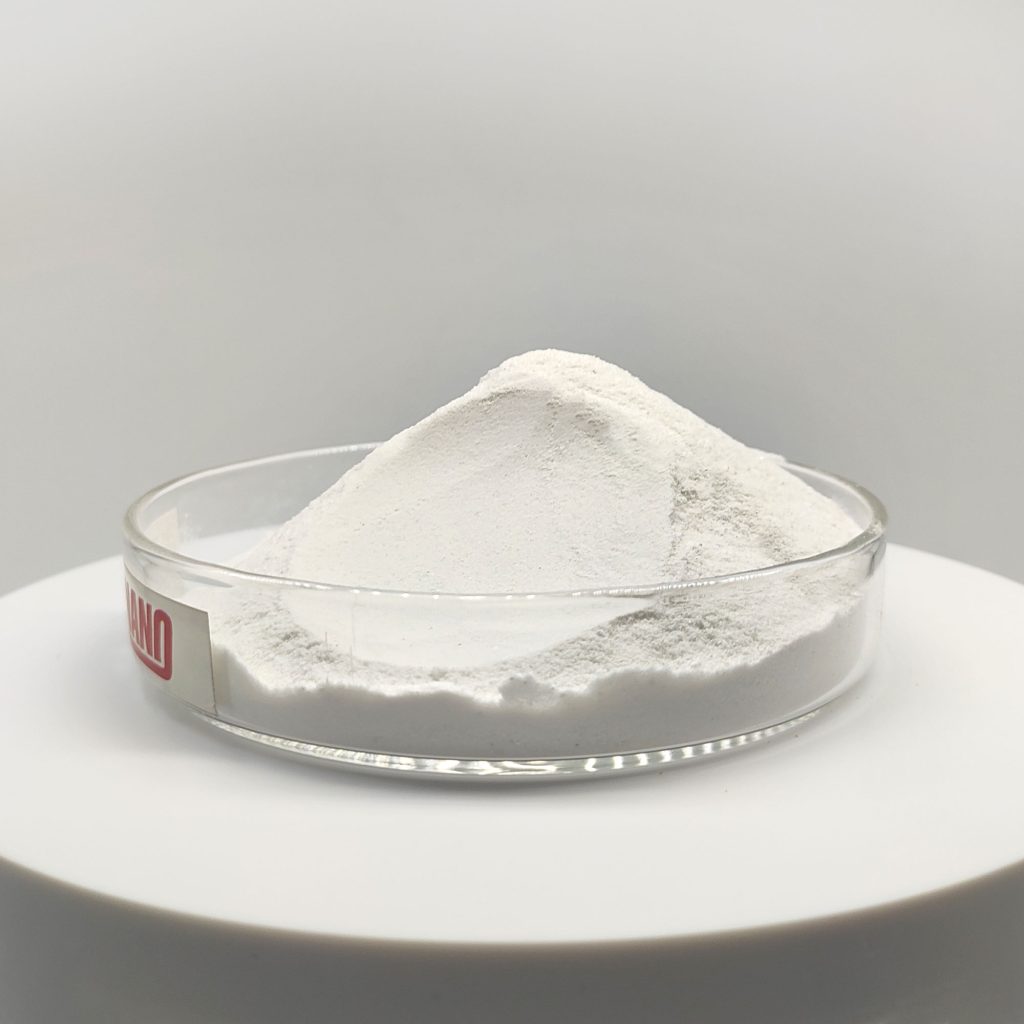
Product Speclficatlons of Sodium Gluconate
| Parameter | Specification |
|---|---|
| Appearance | White to off-white powder or granules |
| Solubility | Highly soluble in water, slightly soluble in ethanol |
| pH Value (1% Solution) | 5.0 – 7.0 |
| Molecular Weight | 198.14 g/mol |
| Melting Point | 200°C (decomposes) |
| Recommended Dosage (Concrete Admixture) | 0.1% – 0.5% by weight of cement |
| Shelf Life | 2 years from the date of manufacture |
Applications of Sodium Gluconate:
1. Used in medicine, it can regulate the acid-base balance in the body to restore the normal role of the nerves. Sodium plays an important role in maintaining extracellular osmotic pressure and volume, regulating acid-base balance, and exerting the normal function of neuromuscular.
2. In the food industry, it can be used as a food additive because it can effectively prevent the occurrence of low sodium syndrome. Potassium gluconate and sodium gluconate are, again, healthy food additives. These two substances have been approved as food additives for sale and application in Japan.
3. Because of its excellent corrosion and scale inhibition, it is widely used as a water quality stabilizer, especially in high-temperature water. Its scale inhibition effect is better than some other polymeric organic substances, and it has a strong complexing ability to calcium, magnesium and iron salts. Sodium gluconate compounded with other substances can be used in the cooling circulating water of steel making, thermal power plants, heating, nuclear power plants, central air conditioning, and seawater desalination.
4.It can be used as a retarder and pumping agent in the construction industry. Add a certain amount of retarder to cement concrete can delay the setting time of concrete so that the freshly mixed concrete can maintain its plasticity for a longer period, be easy to pour and shape, improve the construction quality or reduce the heat of hydration, and play a role in reducing the cracks caused by temperature stress. At the same time, it can reduce the amount of cement.
5. In the electroplating industry, you can add sodium gluconate in the cleaning agent on the surface of the plated parts after treatment so that the plated material and steel surface combination is particularly strong, such as in tinplate manufacturing.
6. In the food industry, as a cleaning agent, to solve the glass containers and other containers’ surface residual chemical pollution, in line with food safety requirements, to solve the environmental requirements of the washing water (phosphorus-free) emissions.
7. Adding sodium gluconate in calcium chloride snowmelt can speed up the speed of snow melting and reduce the use of snowmelt.
Use of sodium gluconate in concrete
Admixture: The admixture of sodium gluconate is usually 0.1% to 0.5% by weight of cement. The specific dosage should be adjusted according to the concrete mix ratio, environmental conditions and construction requirements.
Addition method: Sodium gluconate can be added directly into the dry mix, or dissolved in water before adding into the concrete mix.
Mixing: Ensure adequate mixing for uniform distribution. It is recommended to use a mechanical mixer to ensure uniform mixing.
Packaging and storage of Sodium Gluconate
Sodium Gluconate is packed in film-coated plastic bags with a net weight of 25 kg.
Avoid rain during storage and transportation.
Fireproof and moistureproof.

Company Profile
Cabr-Concrete is the global leader in Low-Density Cellular Concrete (LDCC), Celluar Light Concrete (CLC), and advanced engineered foam solutions. Known globally for its commitment to research, innovation, and applied expertise, we have been providing engineered foam solutions since the early 2012’s.
We can supply Sodium Gluconate over the world. The company has a professional technical department and quality supervision department, a well-equipped laboratory, and equipped with advanced testing equipment and after-sales customer service center.Send us an email or click on the needed products to send an inquiry.
If you want to know more about Sodium Gluconate please feel free and contact us: sales@cabr-concrete.com

Payment
T/T, Western Union, Paypal, Credit Card etc.
Shipment
By air, by sea, by express, as customers request.
FAQs of Sodium Gluconate
What is sodium gluconate used for?
Sodium Gluconate is used as a water reducer and retarder to improve the workability and performance of concrete.
Textiles: It is used as a chelating agent to improve colour fastness in textile dyeing and printing.
Metallurgy: Sodium gluconate is used for surface treatment and cleaning of metals, especially steel surfaces.
Is sodium gluconate a natural ingredient?
Sodium gluconate is most commonly made by aerobic fermentation of a sugar (which may come from corn or sugar beets) to produce gluconic acid. The fermentation product, gluconic acid, is neutralised to produce sodium gluconate.
What does sodium gluconate do to the skin?
Yes, sodium gluconate is biodegradable and non-toxic, making it an environmentally friendly choice. It is also gentle on the skin and suitable for use in soaps for sensitive skin.


